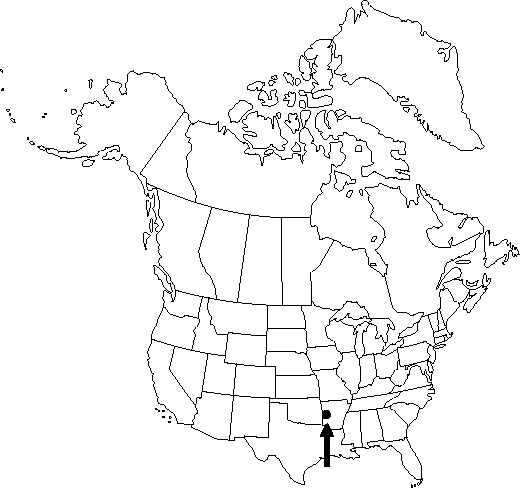Quercus acerifolia
Sida 14: 271. 1990.
Trees or shrubs, deciduous, to 15 m. Bark dark gray to almost black, sometimes becoming rough and furrowed. Twigs grayish brown to reddish-brown, 1.5-3 (-3.5) mm diam., glabrous or sparsely pubescent. Terminal buds gray to grayish brown, ovoid or broadly ellipsoid, 3.5-5.5 mm, glabrous. Leaves: petiole 20-45 mm, glabrous. Leaf-blade oblate to broadly elliptic, 70-140 × (60-) 100-150 (-180) mm, base cordate-truncate to obtuse, margins with 5-7 (-9) lobes and 11-48 awns, lobes ovate-oblong or markedly distally expanded, the middle or apical pairs often overlapping, apex acute; surfaces abaxially glabrous or with prominent axillary tufts of tomentum, occasionally with scattered pubescence, adaxially glabrous, secondary-veins raised on both surfaces. Acorns biennial; cup saucer to cupshaped, 4-7 mm high × 10-20 mm wide, covering 1/4-1/3 nut, outer surface glabrous or puberulent, inner surface light-brown to redbrown, glabrous or with ring of pubescence around scar, scales often with pale margins, tips tightly appressed, obtuse or acute; nut ovoid to oblong, 10.5-20 × 9-15 mm, glabrous or pubescent, scar diam. 5-9 mm.
Phenology: Flowering spring.
Habitat: Dry glades, slopes, and ridge tops
Elevation: 500-800 m
Discussion
Of conservation concern.
Quercus acerifolia is known only from four localities in Arkansas: Magazine Mountain, Logan County; Porter Mountain, Polk County; Pryor Mountain, Montgomery County; and Sugarloaf Mountain, Sebastian County (N. Stoynoff and W. J. Hess 1990; G. P. Johnson 1992, 1994). Some specimens suggest hybridization with Q. marilandica and/or Q. velutina, but no hybrids have been reported.
Selected References
None.

